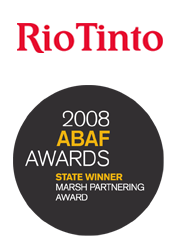Eora: Aboriginal Sydney
Eora: Aboriginal Sydney, 1770 - 1850, offers an insight into Sydney and the local indigenous community in the years following the arrival of the Bèerewalgal, 'people from the clouds', in 1788.
United by a common language, strong ties of kinship, and a rich saltwater economy, the indigenous inhabitants survived as skilled hunter-fisher-gatherers in family groups or clans scattered along the coast. They identified themselves as Eora (yura), simply meaning 'People', a word derived from Ee 'yes' and ora 'here' or 'this place', revealing their deep connection to the land.
Detail from Wallumedegal, Chart of Port Jackson NSW..., 1788, by George Raper
The Eora territory spread from the Georges River and Botany Bay in the south to Port Jackson (Sydney Harbour), north to Pittwater at the mouth of the Hawkesbury River and west along the river to Parramatta. It was an environment of bushland, sandstone cliffs and ridges, bays and coves, sandy ocean beaches, rocky headlands, mangrove swamps, creeks and tidal lagoons.
Detail from Journal of P.G. King (pp. 392 - 410), Apr 1790, by Philip Gidley King
Our view of Aboriginal Sydney is shaped through the eyes of non-indigenous artists, through maps and charts, using fragments of evidence in manuscripts, journals, letters, books and official records kept by the English colonists.
Detail from Natives of NSW, Biddy Salamander of the Broken Bay Tribe..., 1834, by Charles Rodius
Detail from Sydney Cove, 5 Sept 1808, by John William Lewin






